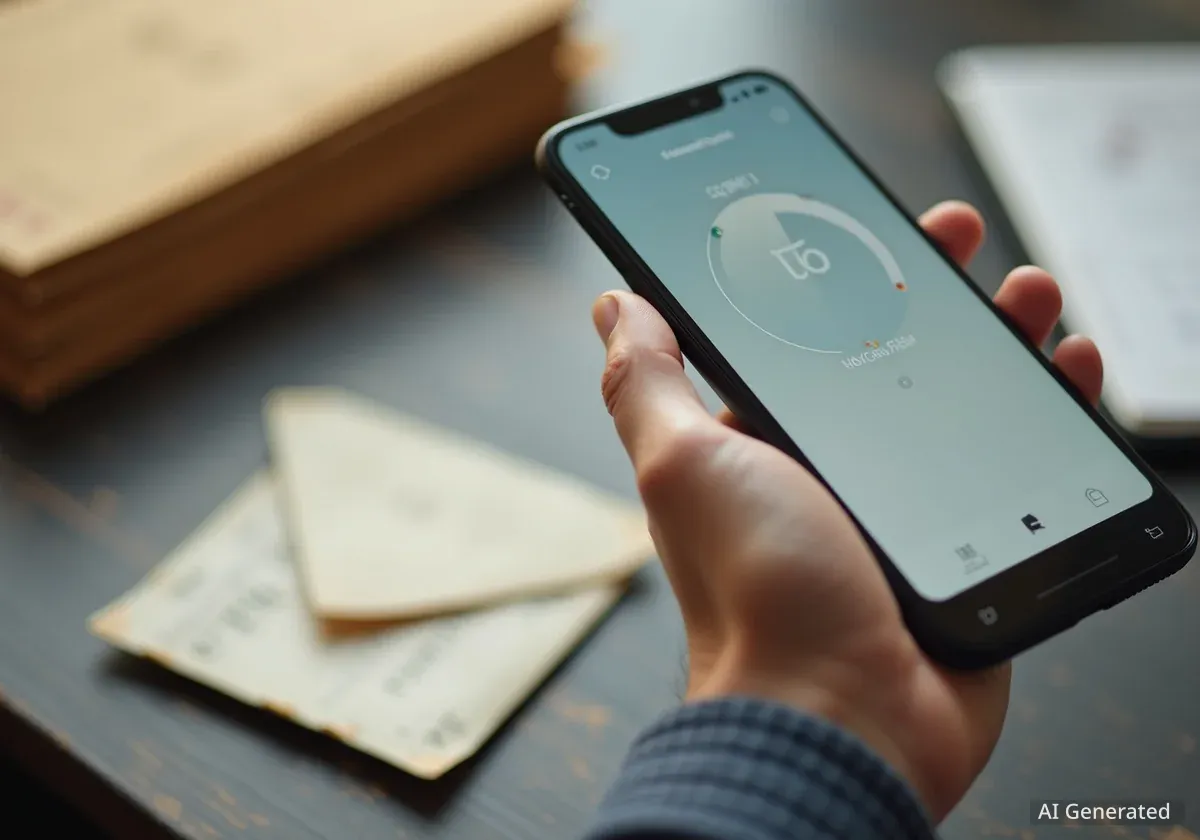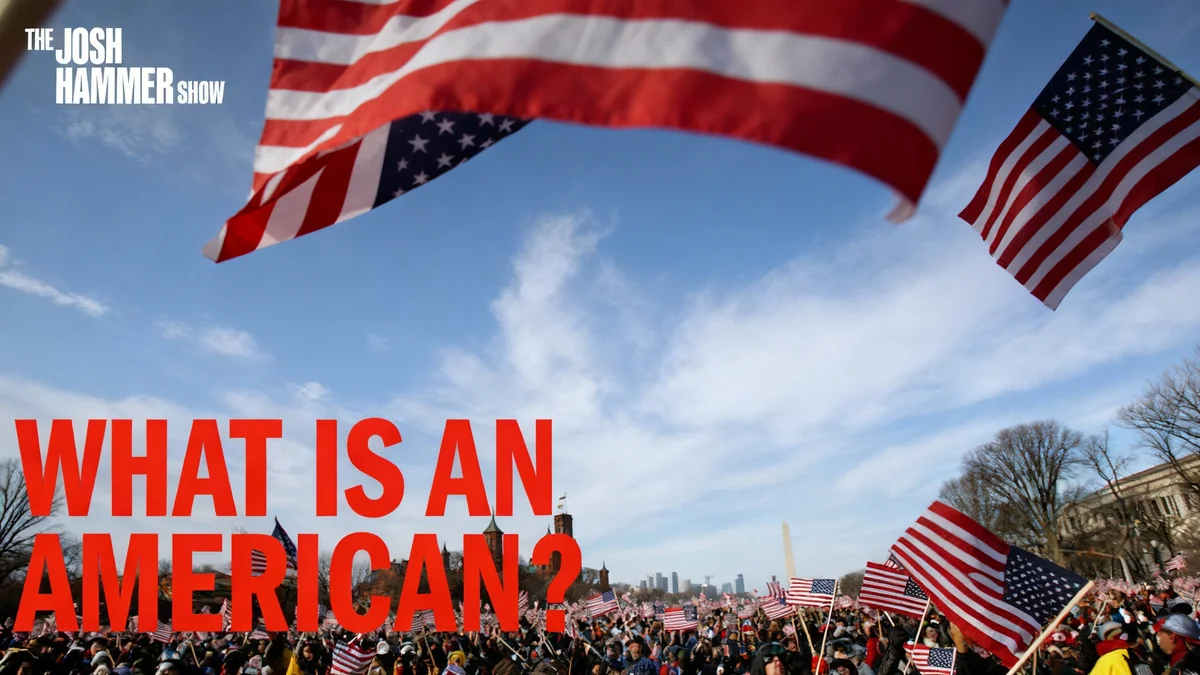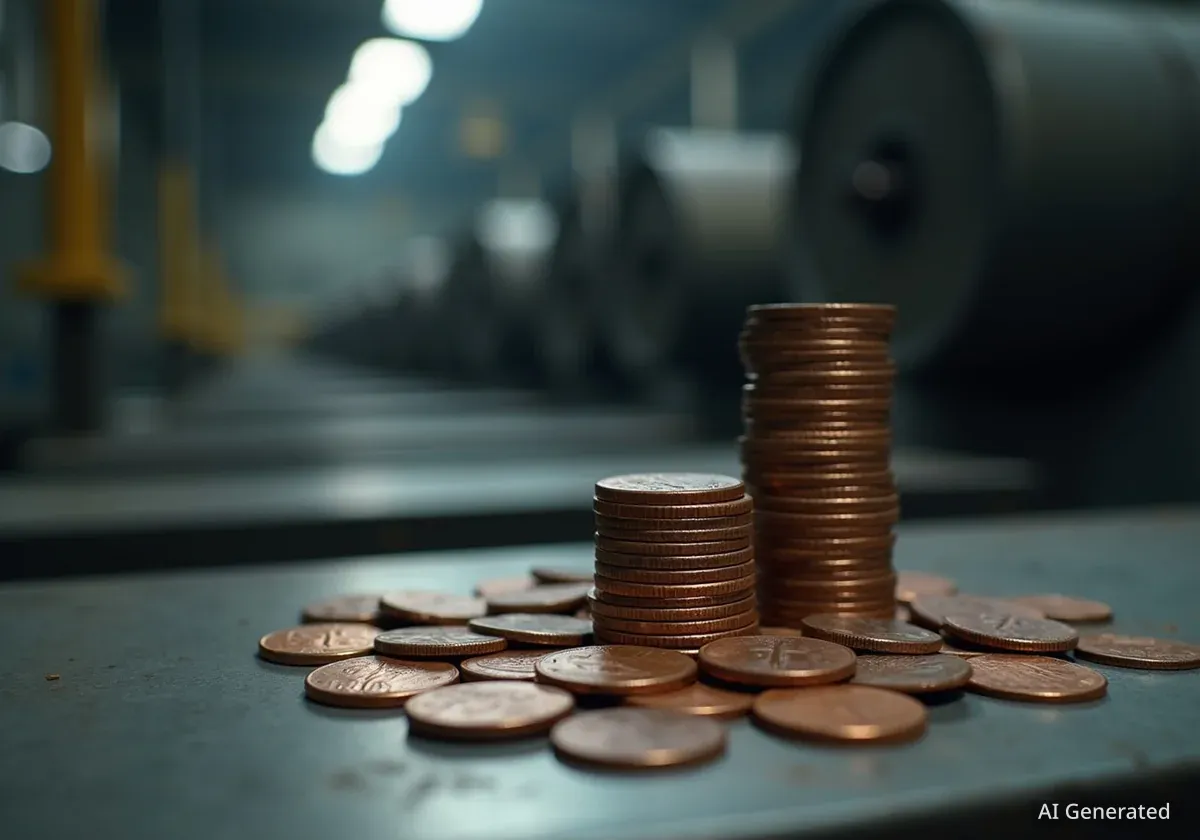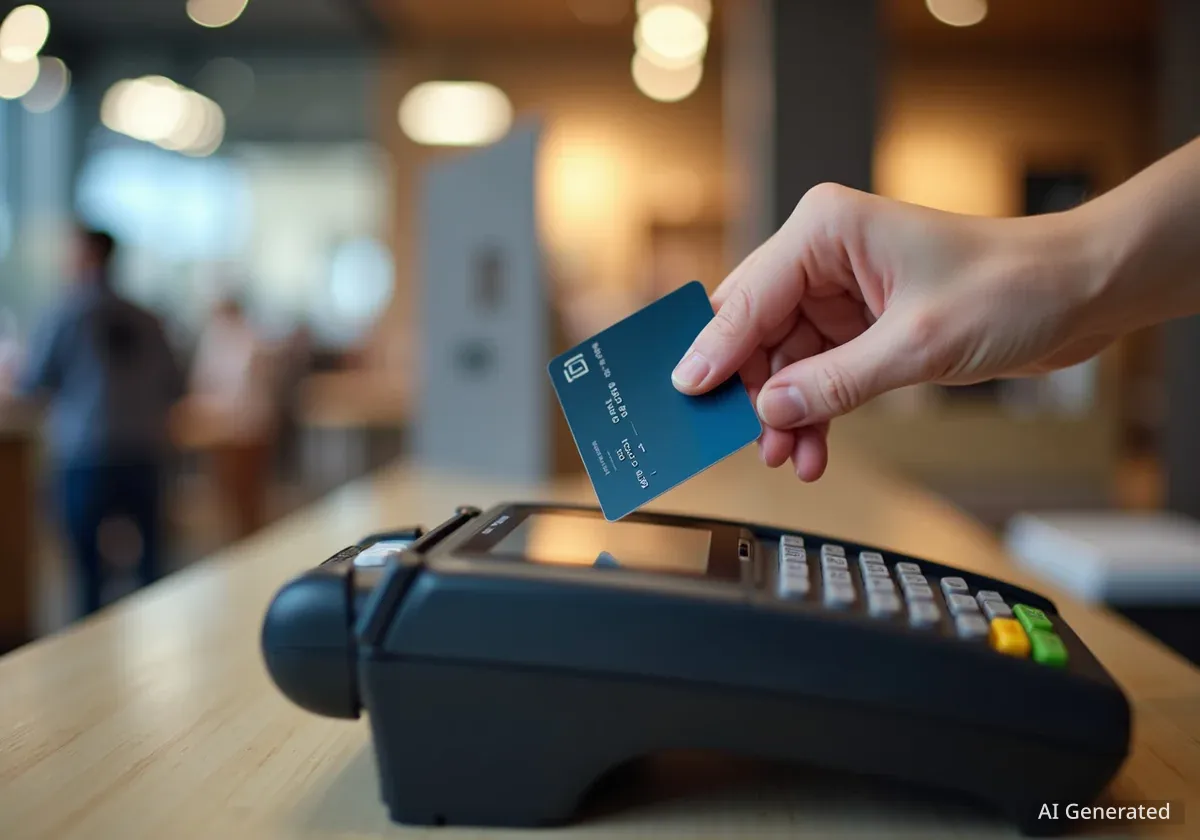The United States federal government is set to phase out paper checks for all Social Security and Internal Revenue Service (IRS) payments, with a final deadline of September 30. This transition to an all-electronic payment system aims to increase efficiency, reduce costs, and minimize fraud, but it will require adjustments for millions of Americans who still rely on traditional mail for their federal benefits and tax refunds.
While the majority of Social Security recipients are already using direct deposit, a significant portion of taxpayers will be affected. The government has outlined several options for individuals who do not have traditional bank accounts to ensure they continue to receive their payments without interruption.
Key Takeaways
- End of Paper Checks: The federal government will stop issuing paper checks for Social Security and IRS payments after September 30.
- Mandatory Electronic Payments: All future payments will be made electronically through direct deposit or a government-issued debit card.
- Primary Goal: The initiative is designed to save taxpayer money, reduce the risk of fraud and theft, and speed up payment delivery.
- Impact on Taxpayers: Approximately 20% of taxpayers who receive refunds currently get them via paper check and will need to switch to an electronic method.
- Solutions for Unbanked: The government is providing resources like Treasury-sponsored debit cards and assistance with opening low-cost bank accounts.
A Major Shift in Federal Payment Distribution
The decision to eliminate paper checks stems from an executive order signed in March by former President Donald Trump. The order mandated a transition to a more modern and secure electronic payment infrastructure across federal agencies. This move has been a long-term, bipartisan goal aimed at streamlining government operations.
The primary driver behind this change is cost. Issuing and mailing a paper check is significantly more expensive for the government than processing an electronic transaction. This shift is expected to generate substantial savings for taxpayers over time.
Cost Comparison: Checks vs. Electronic Payments
According to government figures, each paper check costs approximately 50 cents to issue and mail. In contrast, an electronic payment costs only 15 cents, representing a savings of over 70% per transaction.
In addition to cost savings, electronic payments offer enhanced security. Paper checks are vulnerable to being lost, stolen, or delayed in the mail, creating significant problems for recipients who depend on these funds. Direct deposits and debit cards provide a more reliable and traceable method for delivering payments.
How Social Security Recipients Are Affected
For the vast majority of individuals receiving Social Security benefits, this change will have little to no impact. The Social Security Administration (SSA) has been actively encouraging electronic payments for years, and its efforts have been highly successful.
According to the latest data, 99% of all Social Security recipients already receive their monthly benefits via direct deposit into a bank account. This high adoption rate means the transition will be relatively smooth for this group.
However, the remaining 1% represents a crucial demographic that must take action before the September 30 deadline. These individuals, who often include the elderly or those in rural areas with limited banking access, will need to transition to one of the approved electronic payment methods to avoid any disruption in their income.
A Long-Term Trend
The move away from paper checks is not a new phenomenon. For over a decade, the U.S. Treasury has promoted electronic payments as the default option for federal benefits. This final step completes a long-planned modernization of the government's payment disbursement system.
The Broader Impact on Tax Refunds
While the Social Security transition is nearly complete, the shift will be more noticeable during tax season. The IRS reports that two out of every ten taxpayers—or 20% of all refund recipients—still opt to receive their money via a mailed paper check.
This group often includes individuals without bank accounts, a population sometimes referred to as the "unbanked." Reasons for not having a bank account vary widely and can include homelessness, disability, or a general distrust of financial institutions and sharing personal information with the government.
For these taxpayers, the end of paper checks presents a significant challenge. Without a bank account, receiving a direct deposit is not possible. The government has anticipated this issue and has put alternative solutions in place to accommodate them.
Options for People Without Bank Accounts
To ensure no one is left behind, the federal government has established clear pathways for individuals who do not have a bank account. These options are designed to be accessible and secure.
The primary alternatives are:
- Treasury-Sponsored Debit Card: Individuals can opt to have their funds loaded onto a Direct Express® Debit Mastercard®. This card can be used to make purchases, pay bills, and get cash back. To enroll, individuals can call the dedicated phone line at 800-967-6857.
- Opening a Bank Account: The government is actively helping people open low-cost, secure bank accounts. Resources are available through FDIC-endorsed programs like GetBanked or through credit unions via MyCreditUnion.gov. These initiatives connect people with financial institutions that offer accounts with low or no monthly fees.
These measures are intended to provide a reliable electronic alternative to paper checks, ensuring that all Americans can receive their federal payments safely and on time.
Official Rationale for the Change
Government officials have framed the transition as a necessary step toward modernization and fiscal responsibility. The move is expected to deliver on multiple fronts, from saving money to protecting citizens from fraud.
In a formal statement, Secretary of the Treasury Scott Bessent highlighted the benefits of the new policy.
“Reducing paper checks has been a longstanding bipartisan goal that our administration is finally putting into action. Thanks to President Trump, this will help reduce fraud and theft. It will also remove delays that prevent hardworking Americans from receiving their vital payments.”
The emphasis is on creating a system that is not only more efficient but also more secure for the millions of Americans who rely on these federal payments. By eliminating the physical check, the government aims to close a major avenue for mail theft and payment fraud, providing greater peace of mind for recipients.





